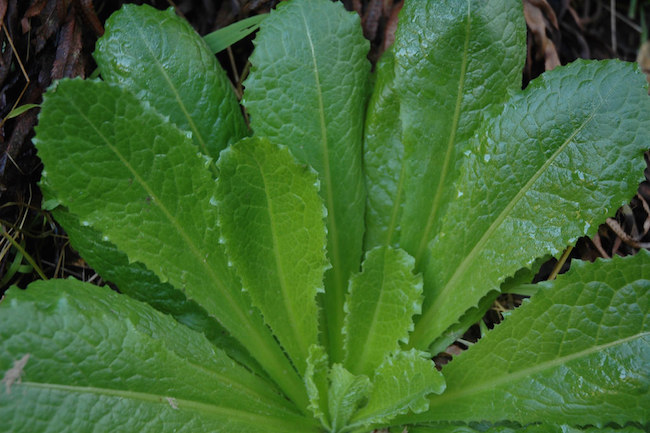What is “opium lettuce” and what are its survival uses? What you need to knowBy Edsel Cook for News Target
The backyard, food garden, or wilderness may produce a weed called “opium lettuce.” Instead of pulling it out, cultivate the wild plant for its natural ability to relieve pain without the addictive side effects of pharmaceutical drugs.
The U.S. is currently experiencing an opioid epidemic. People are desperately looking for safer alternatives to addictive opioid-based painkillers.
Further, when SHTF, the supply of pain relievers will dry up. Preppers and homesteaders need a personal and reliable source of medicine to reduce the pain of injuries and illnesses.
Opium lettuce offers a natural alternative to synthetic painkillers. It has drawn attention from preppers for its potential use as a medicinal plant during SHTF scenarios.
Others have been dismissive of opium lettuce’s reputation for relieving pain. Some have gone on record to call its pain-relieving ability a myth.
Opium lettuce is not related to the opium poppy (Papaver somniferum). It also does not contain any opium, the dried latex from the seed capsules of the poppy.
What it does have is lactucarium, a milky white fluid stored in the stems and leaves of the plant. The substance relieves painful sensations and acts as a natural sedative, thereby earning the “opium” part of its name.
Lactucarium doesn’t have any opioids. As such, it is not addictive. (Related: Survival top picks: Essential medical supplies and trauma kits.)
The pain-relieving wild relative of commercial lettuce
The scientific name for opium lettuce is Lactuca virosa. Also known as wild lettuce, it is a cousin of the common garden lettuce (Lactuca sativa). They share the same genus (Lactuca), although opium lettuce resembles its wild cousins rather than the “domesticated” lettuce.
The plant grows wild in North America. It is fairly plentiful, enough to be considered a weed by people who don’t appreciate its value.
In the old days, knowledgeable people gathered wild lettuce from the wilderness and used it as a pain relief remedy. There are several ways to prepare its lactucarium for medicinal use.
The most effective approach is running the stem and leaves through a drying process. The dried-out material serves as the ingredient for herbal tea.
Another recipe involves adding the lactucarium-laden parts of the plants to a pan filled with sugar and water. The mixture is cooked until it achieves the consistency of a thick syrup.
The syrup is considered an effective remedy for pain. The added sugar helps blunt its natural bitterness. However, even this sweetened substance may prove too bitter for most people, so is the herbal tea.
Relieve pain the natural way through opium lettuce
Wild lettuce may provide natural and helpful pain relief for people who don’t want to take addictive opioid painkillers. Since it grows in the wild, it may be foraged by preppers and homesteaders, costing them nothing but time and effort.
Likewise, herbal tea and syrup formulas are easy and inexpensive to prepare.
Taking opium lettuce may cause some adverse effects. Reportedly, people who take herbal tea or syrup may experience anxiety, dizziness, nausea, and vomiting.
However, the side effects are minor. They are also similar to the ones attributed to the use of opioid painkillers.
Finally, there are no studies that found anything dangerous or addictive in opium lettuce.
The most significant difference is that patients who use wild lettuce as pain remedies will not develop a chemical dependence, whereas prescription opioids are so addictive that their overuse has become an epidemic in modern times.
Wild lettuce may not be as powerful as opioid painkillers when it comes to relieving pain. However, remedies based on the medicinal plant are much safer options.




